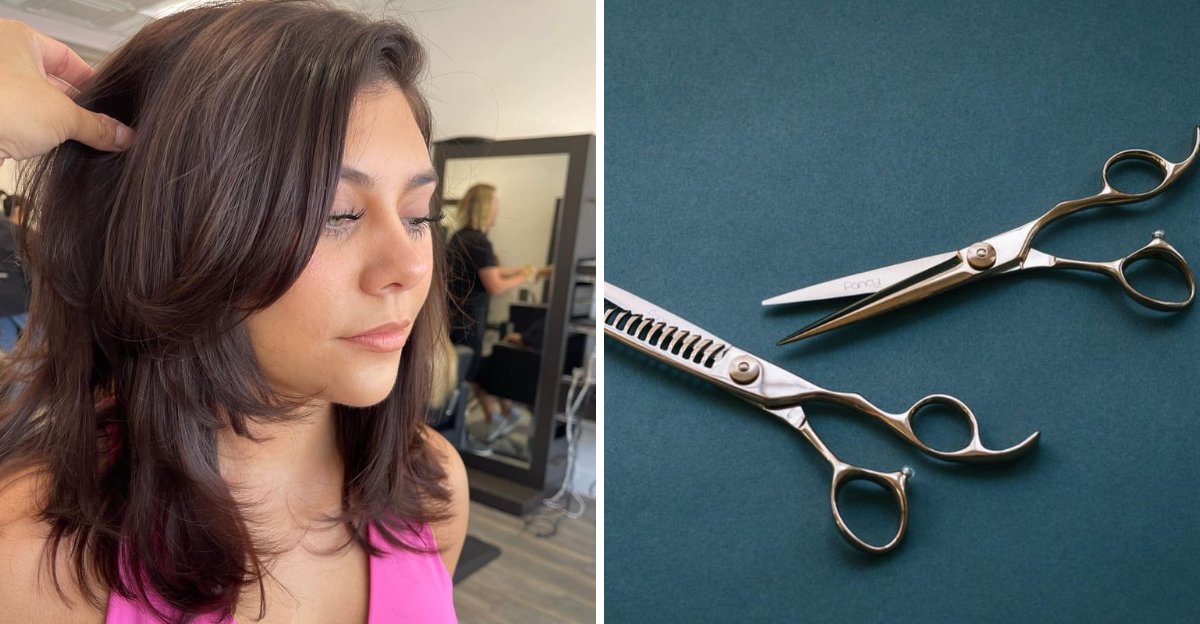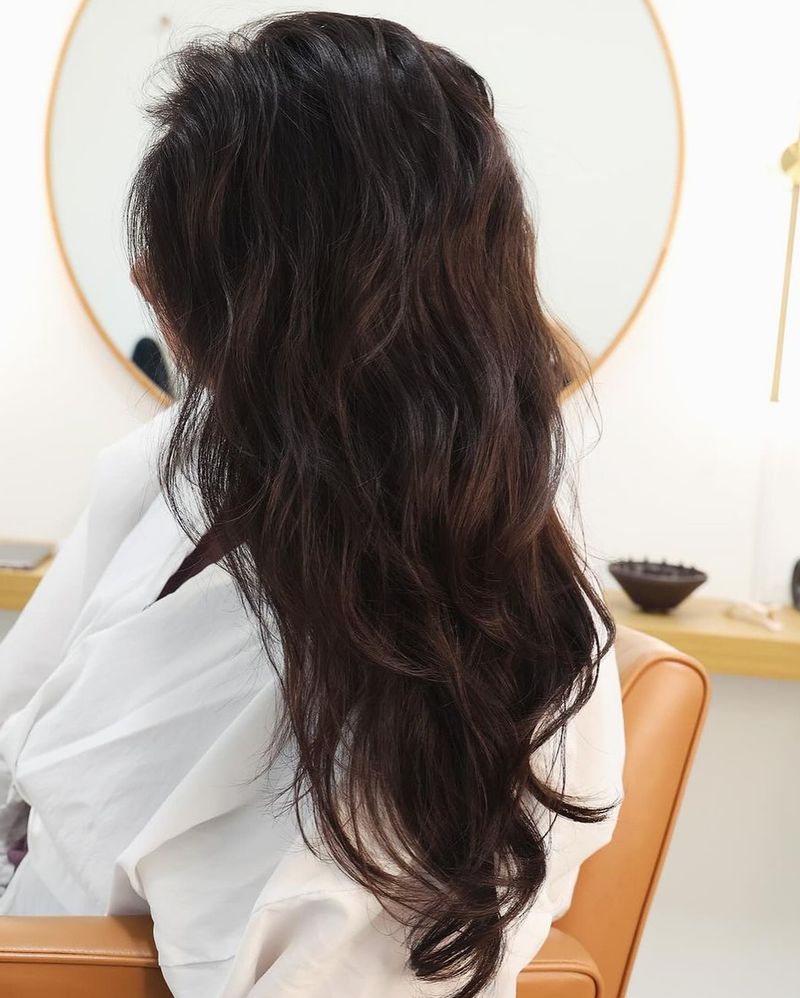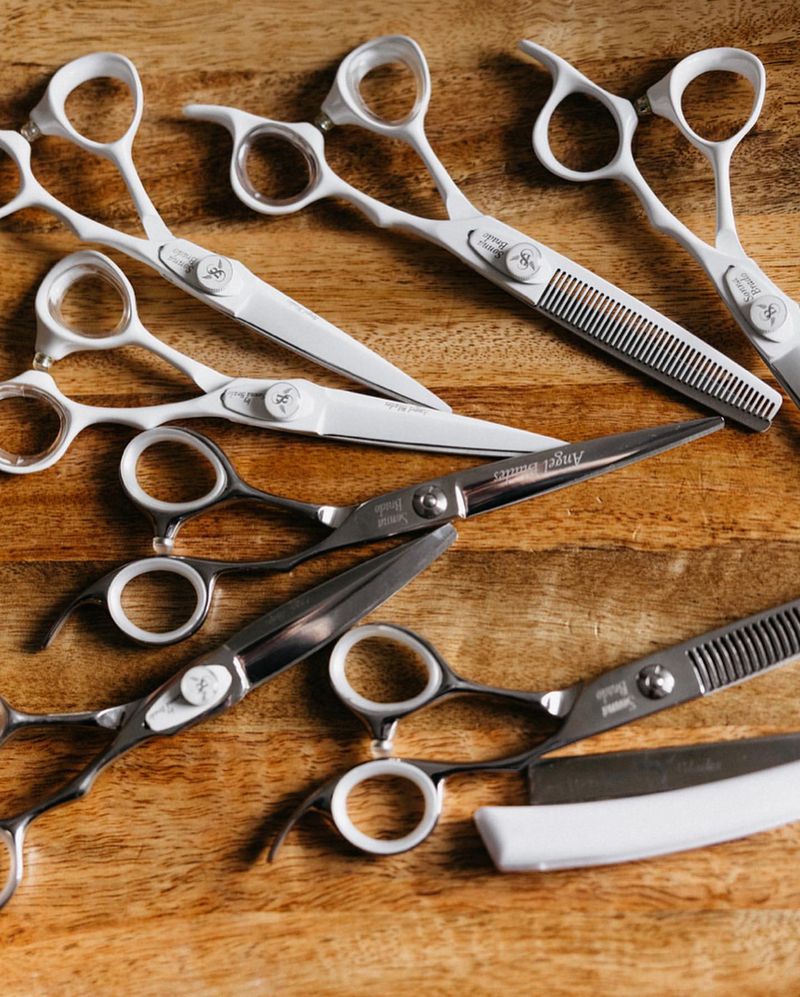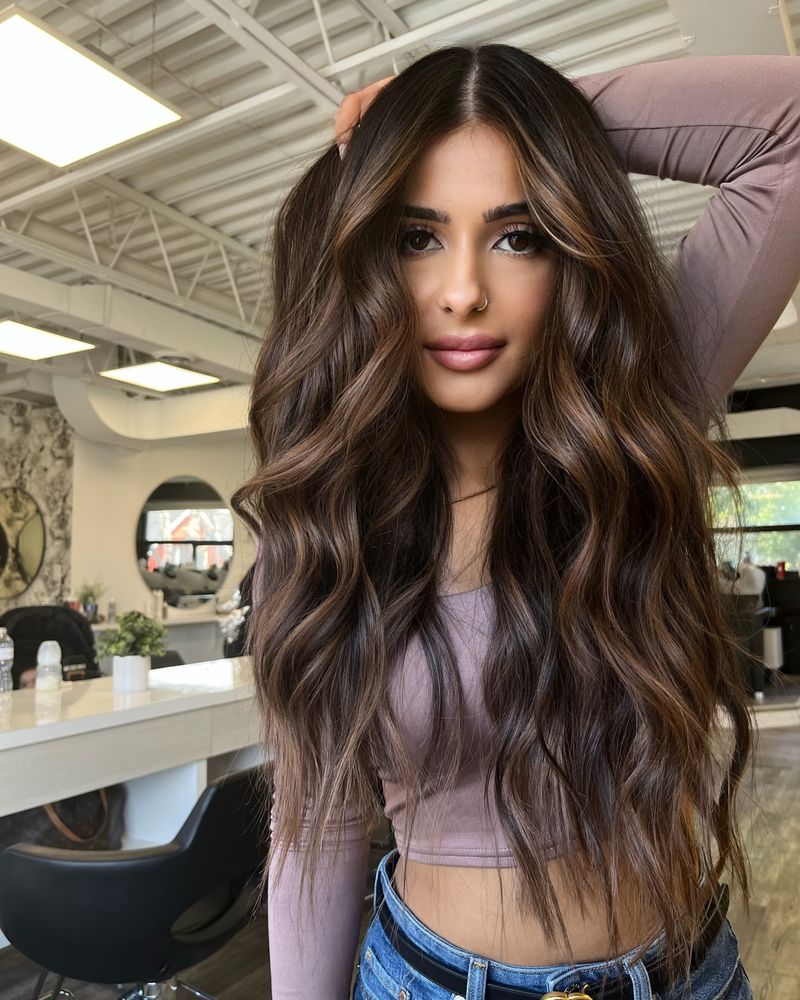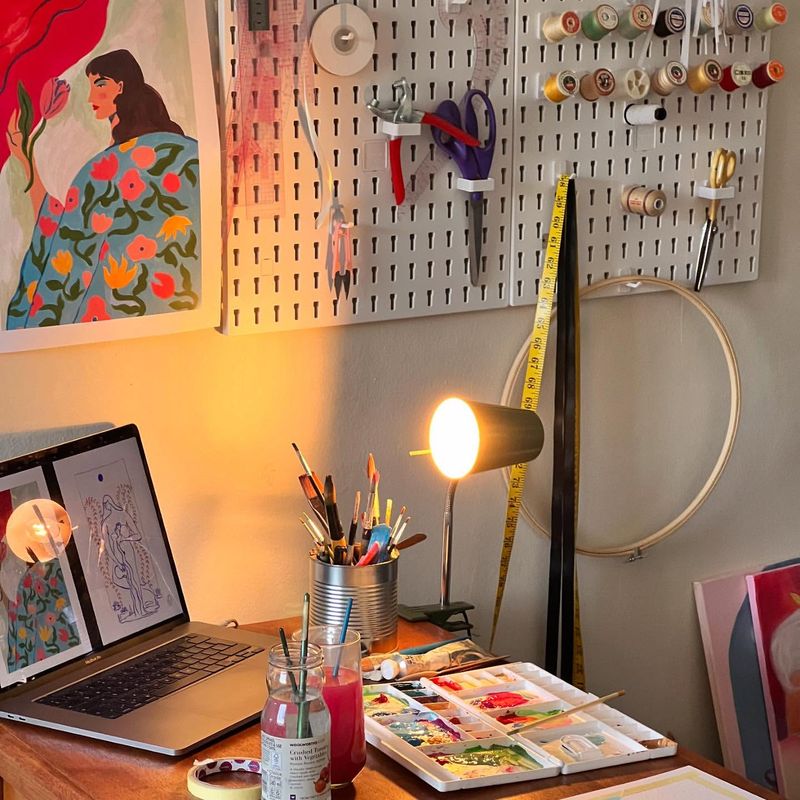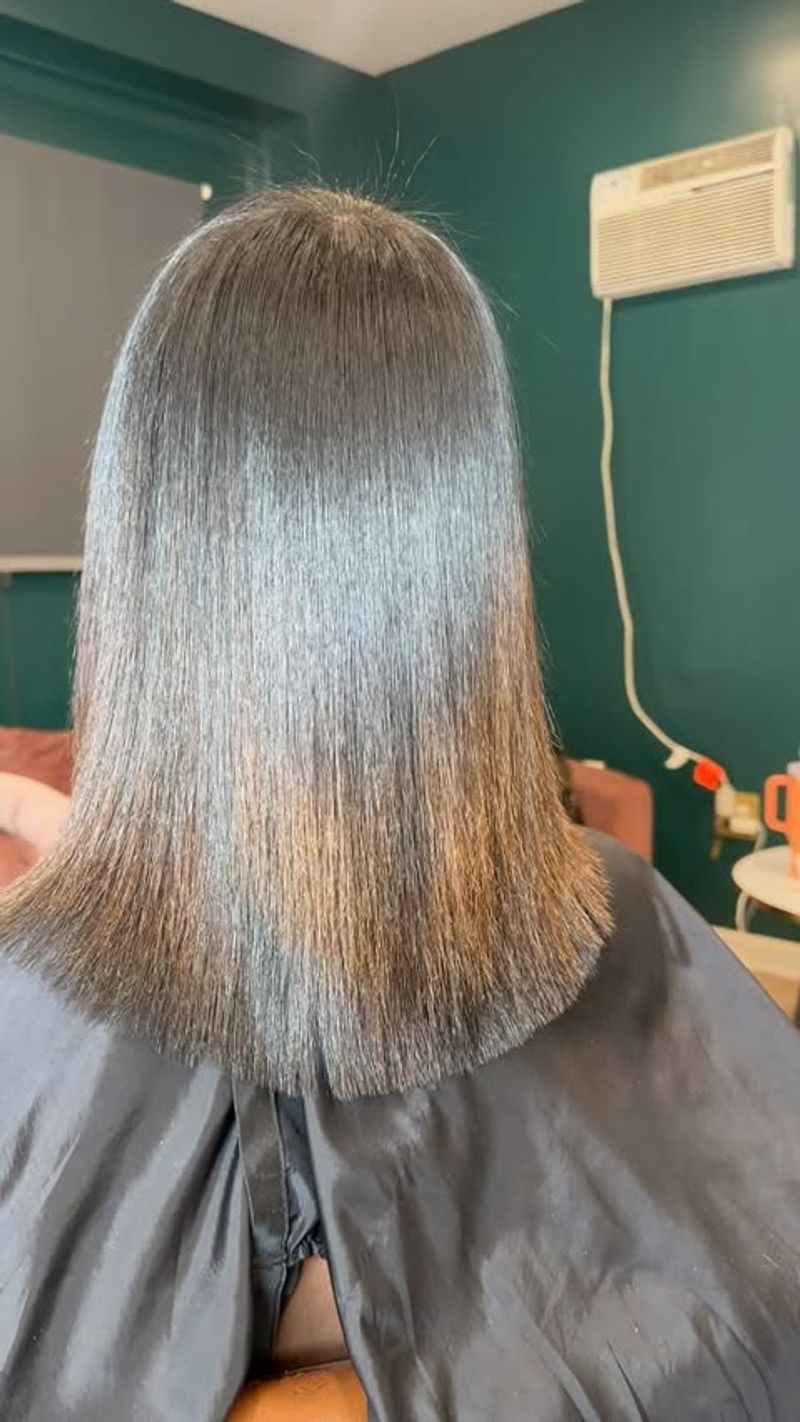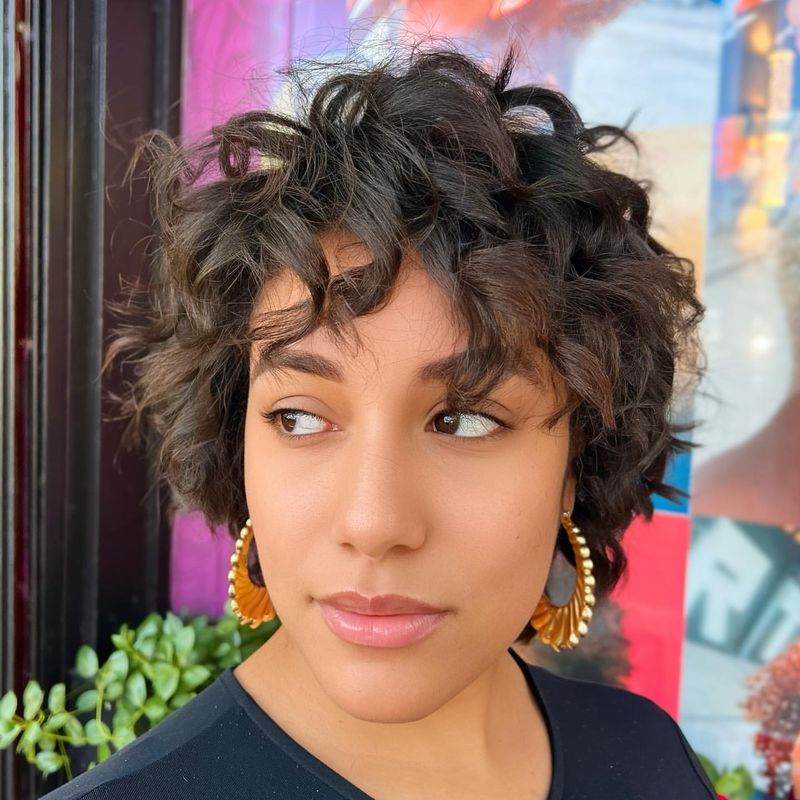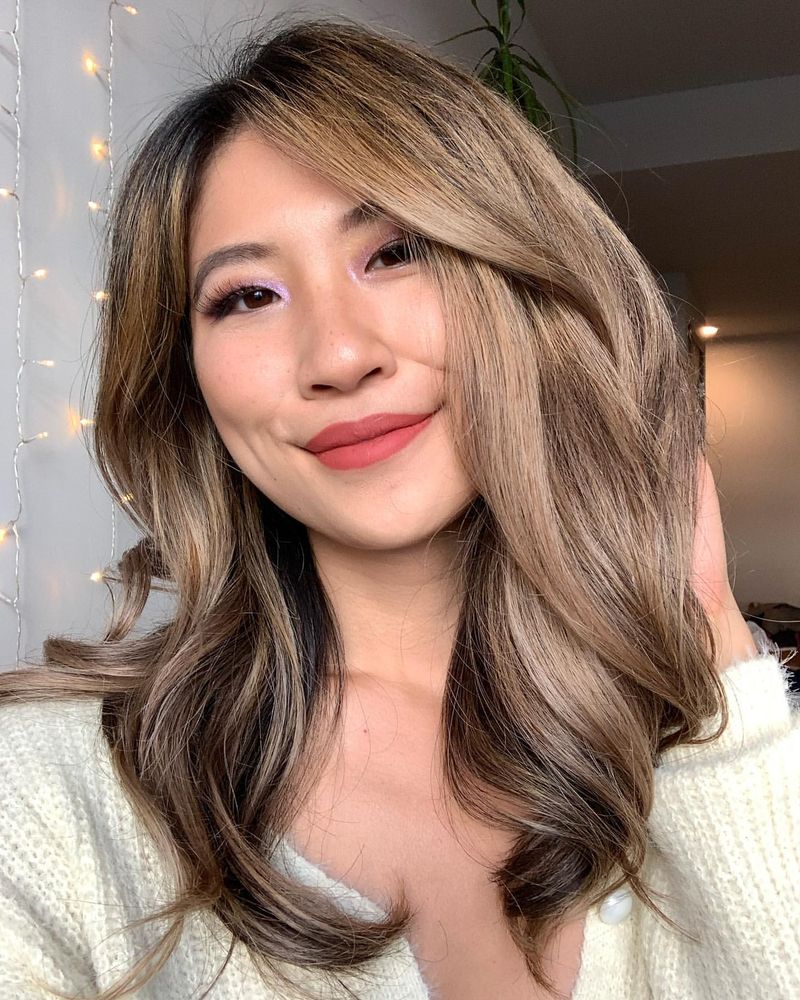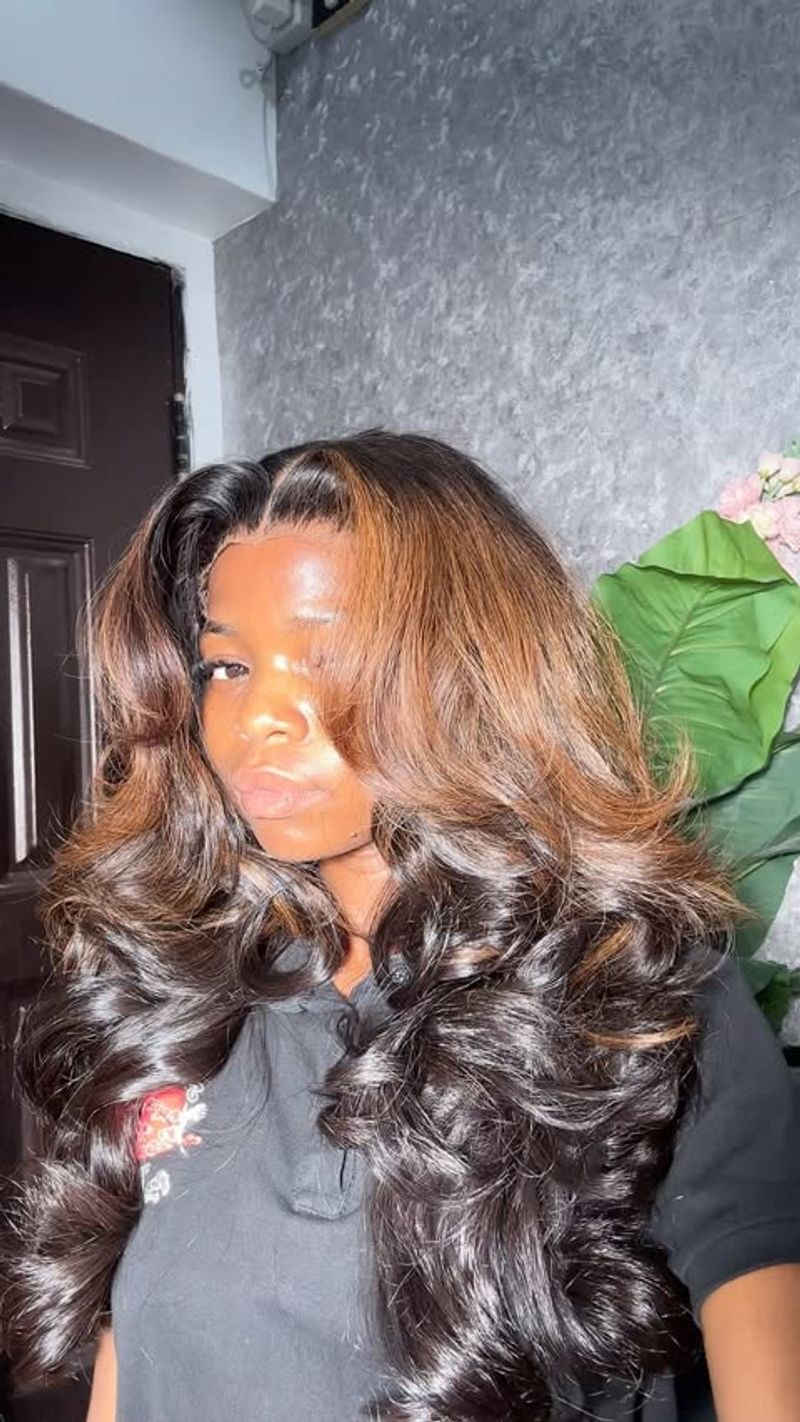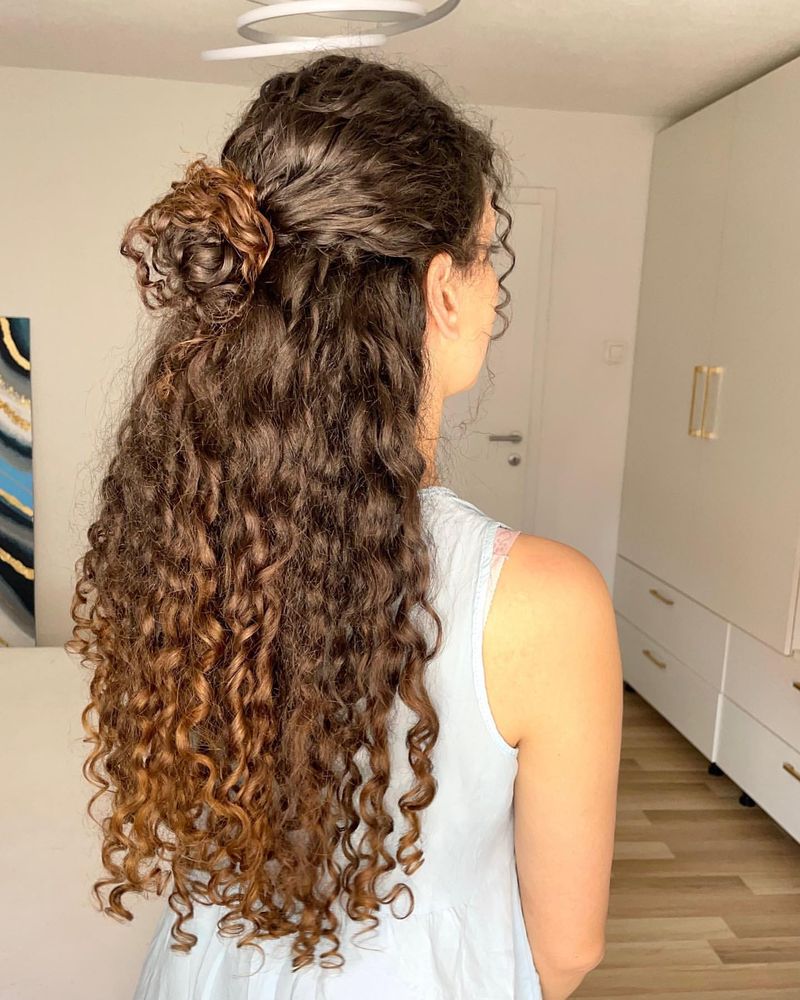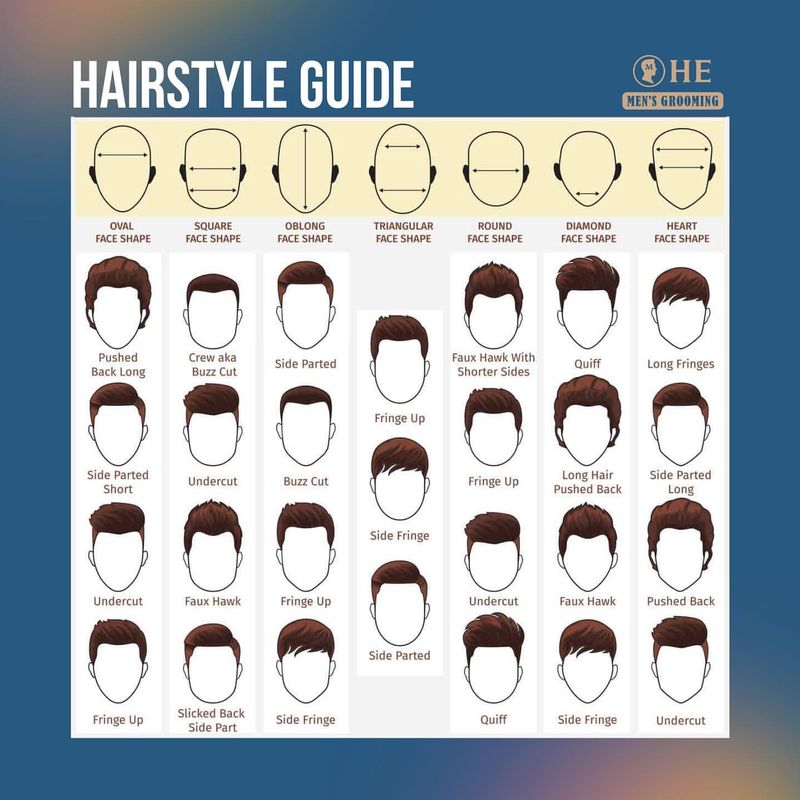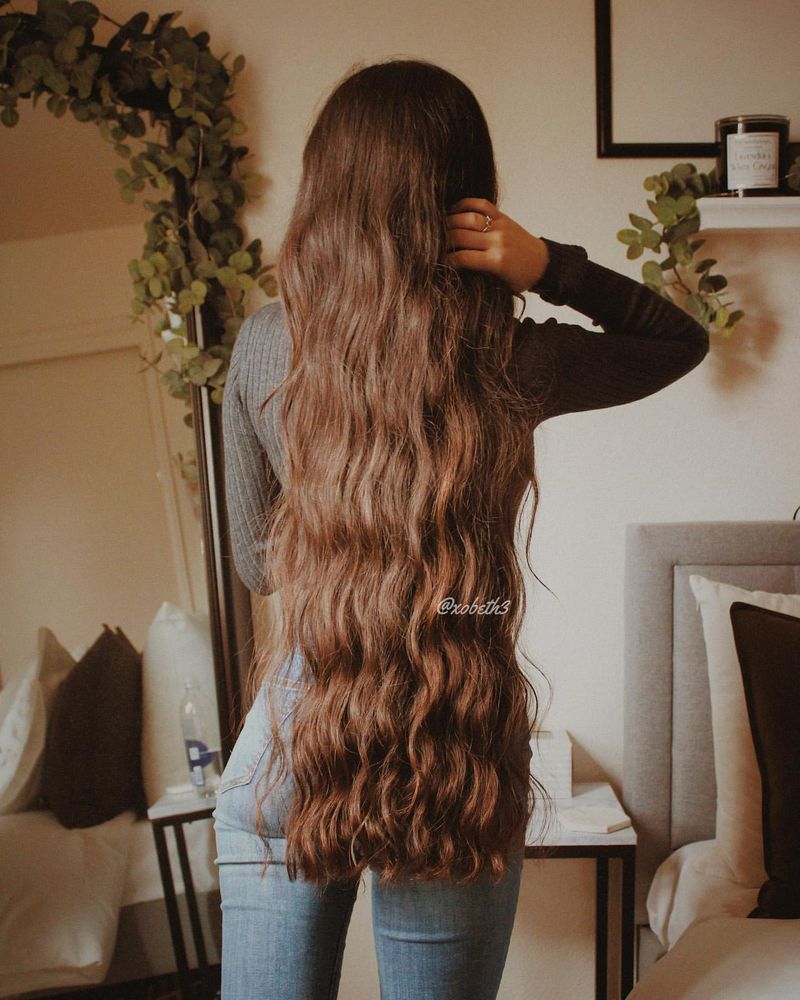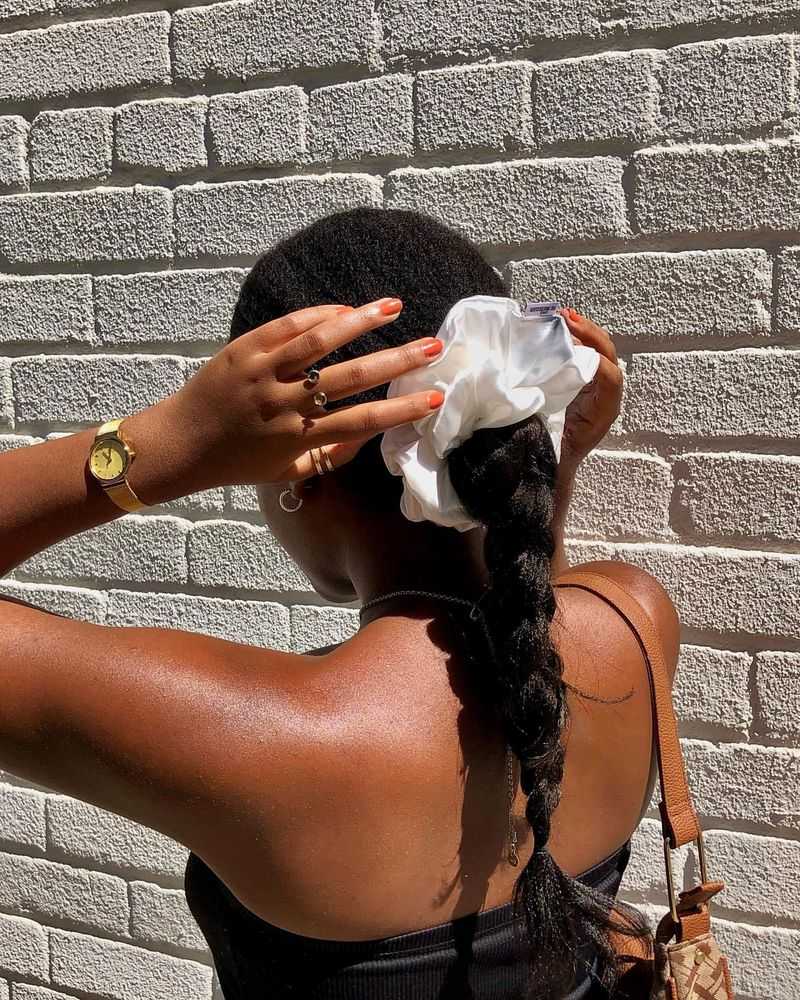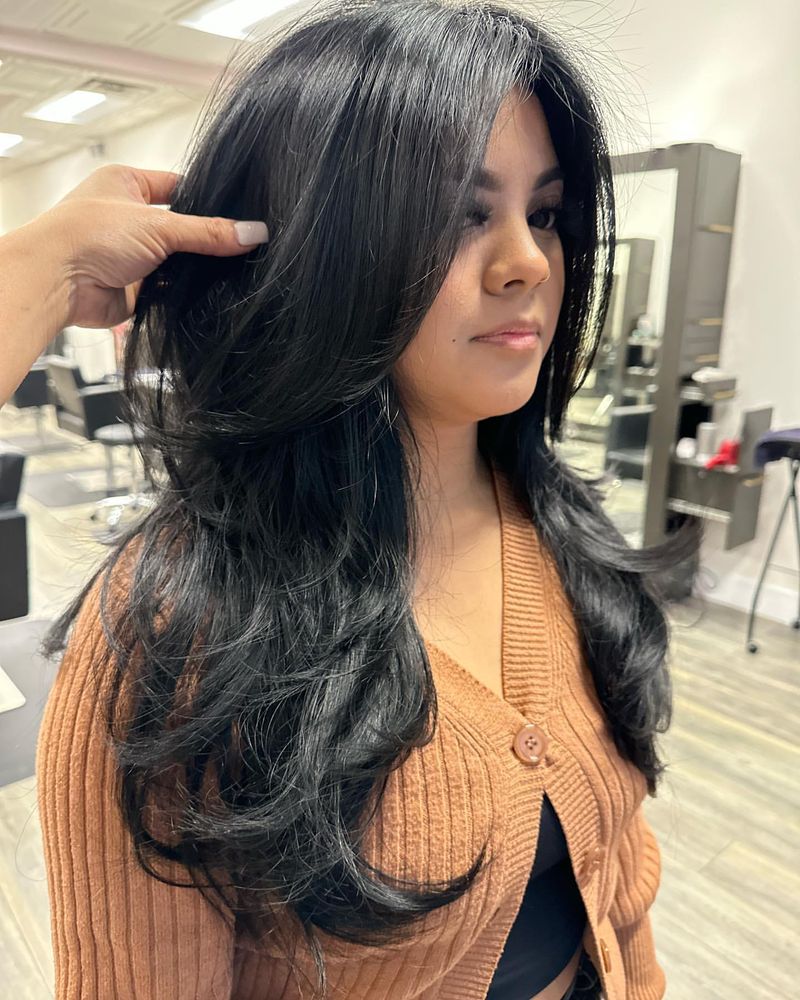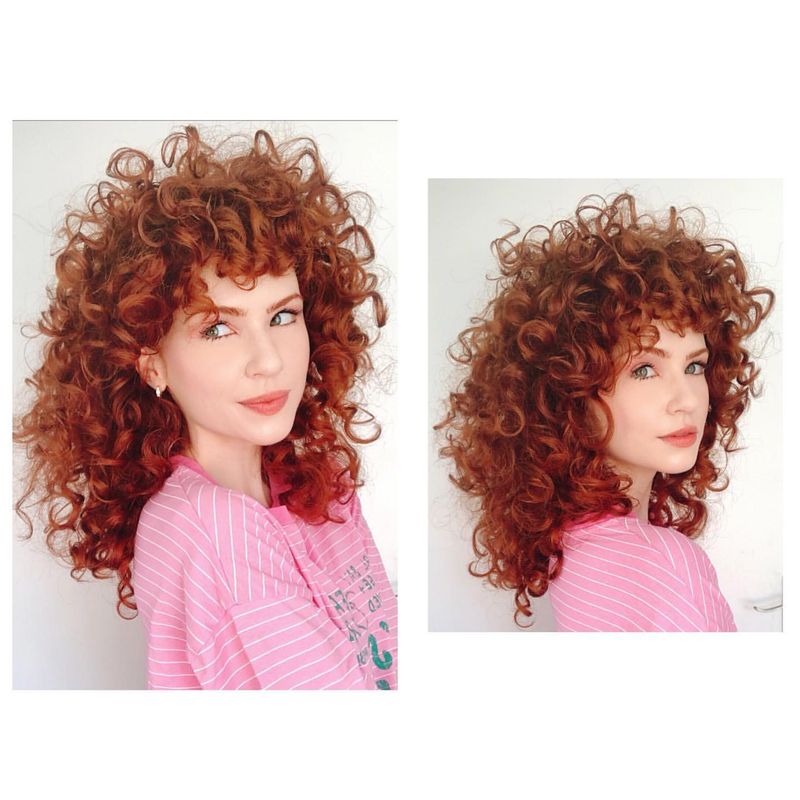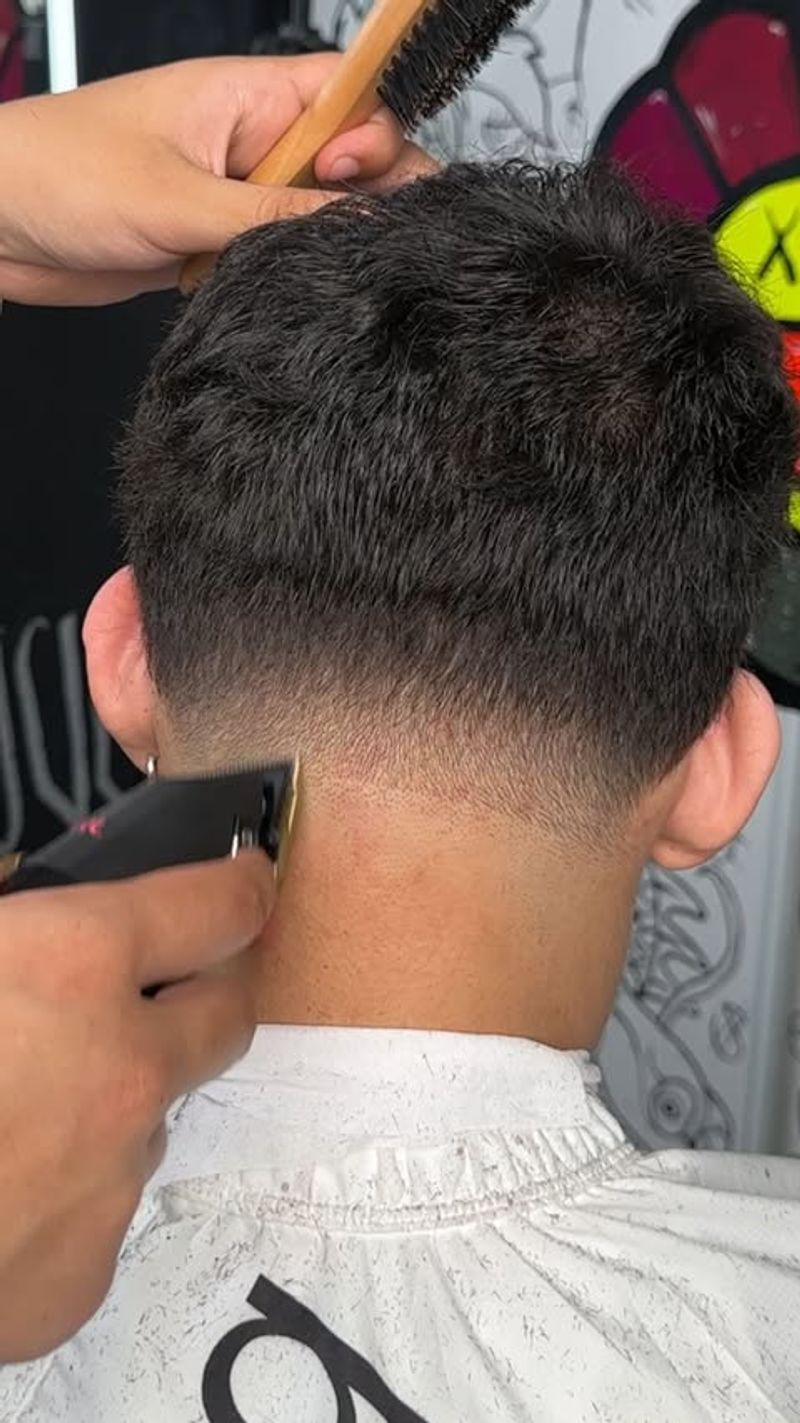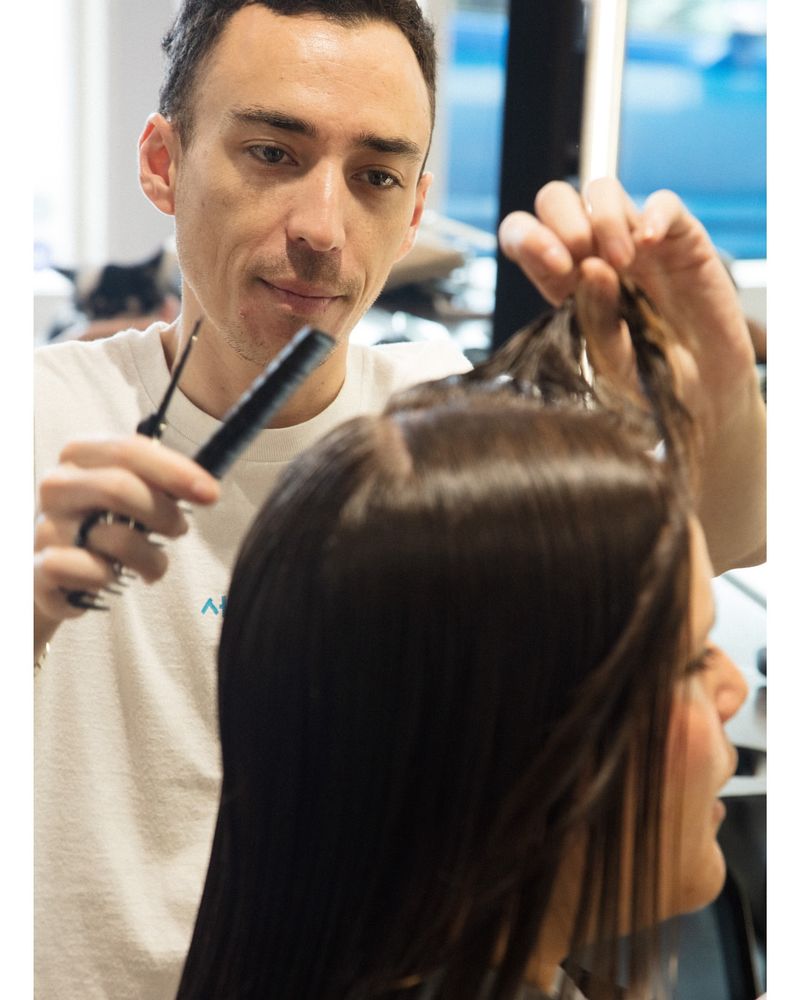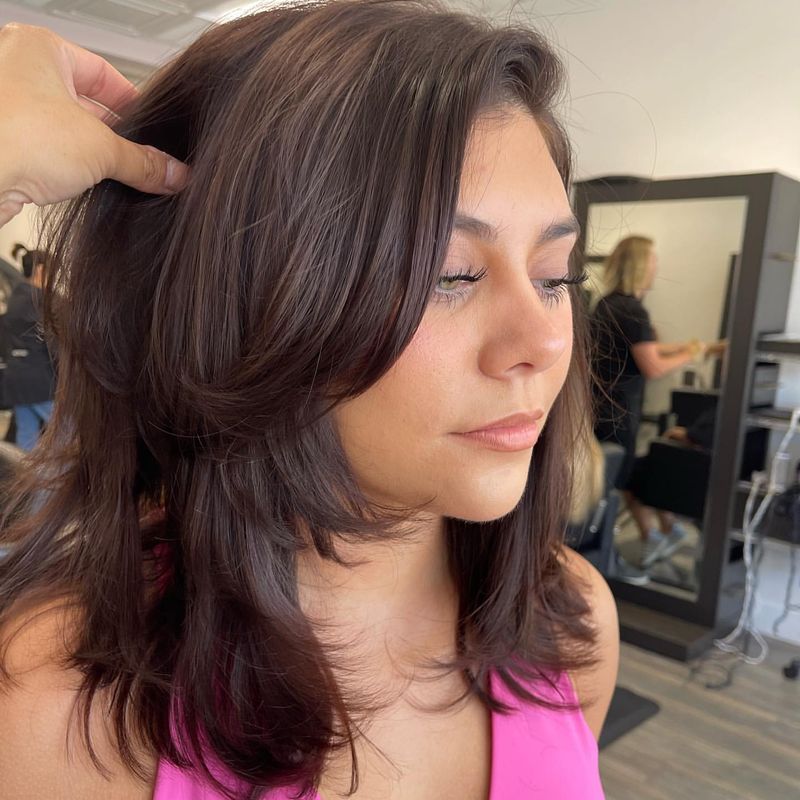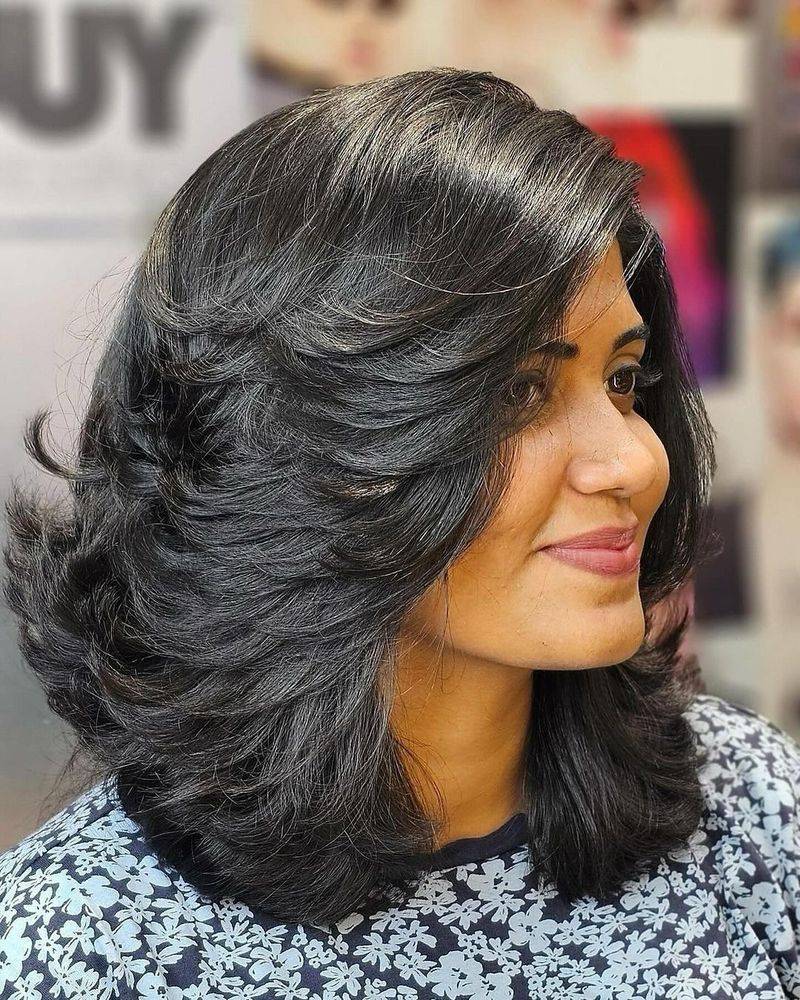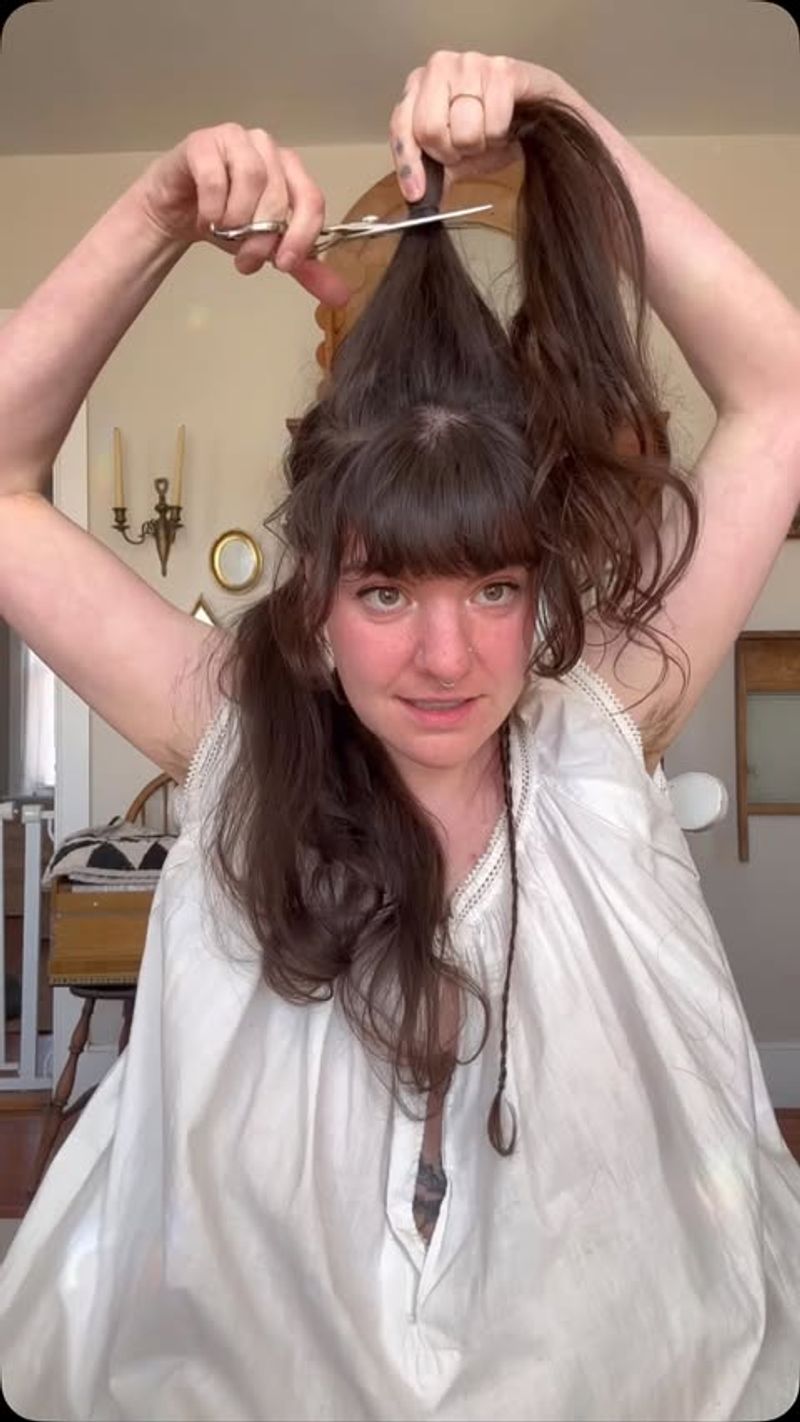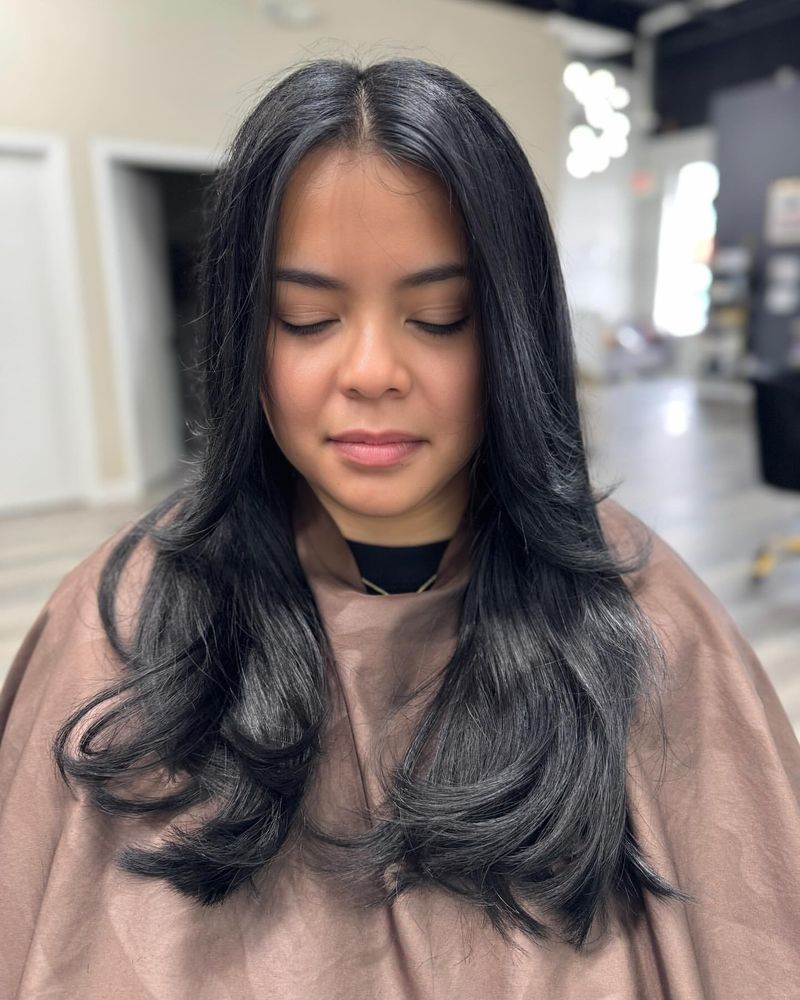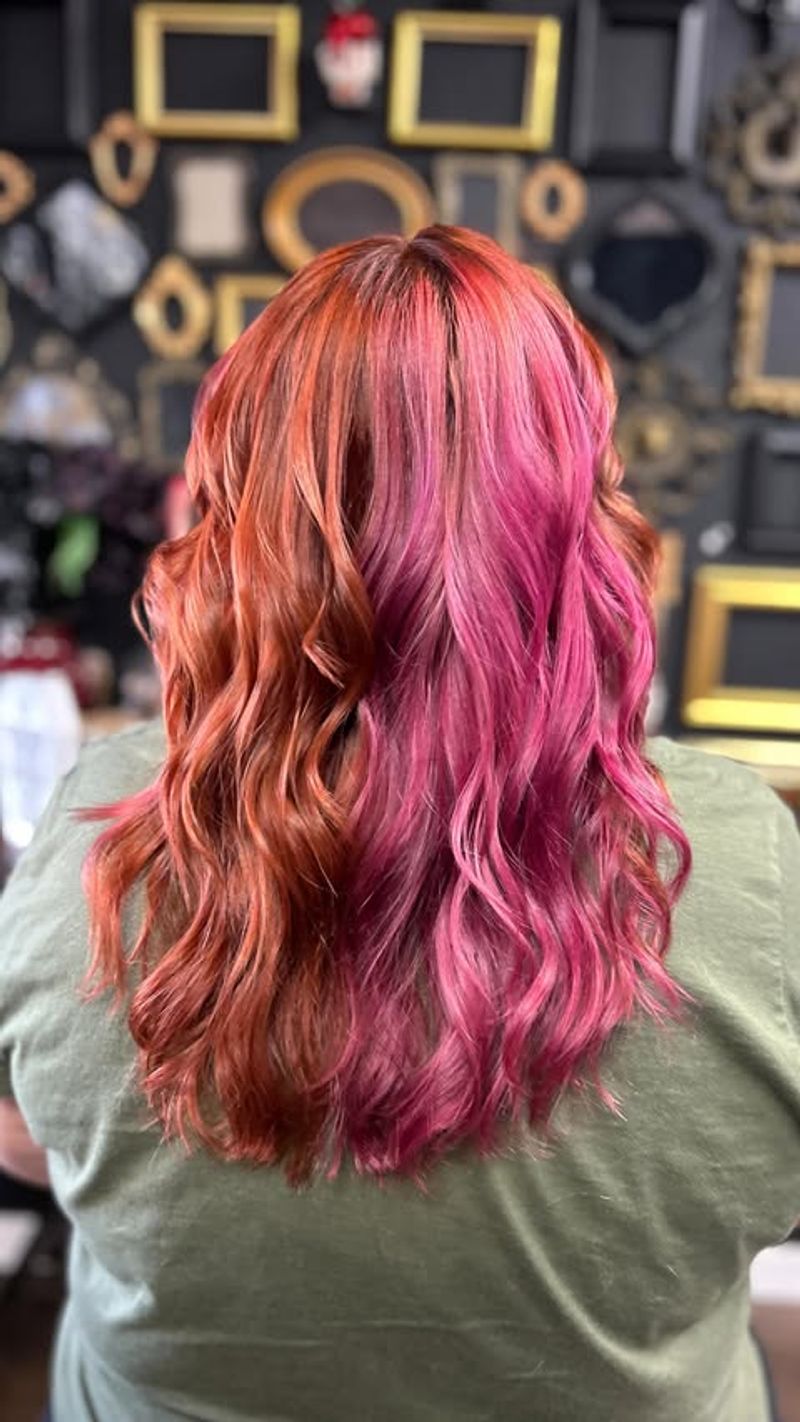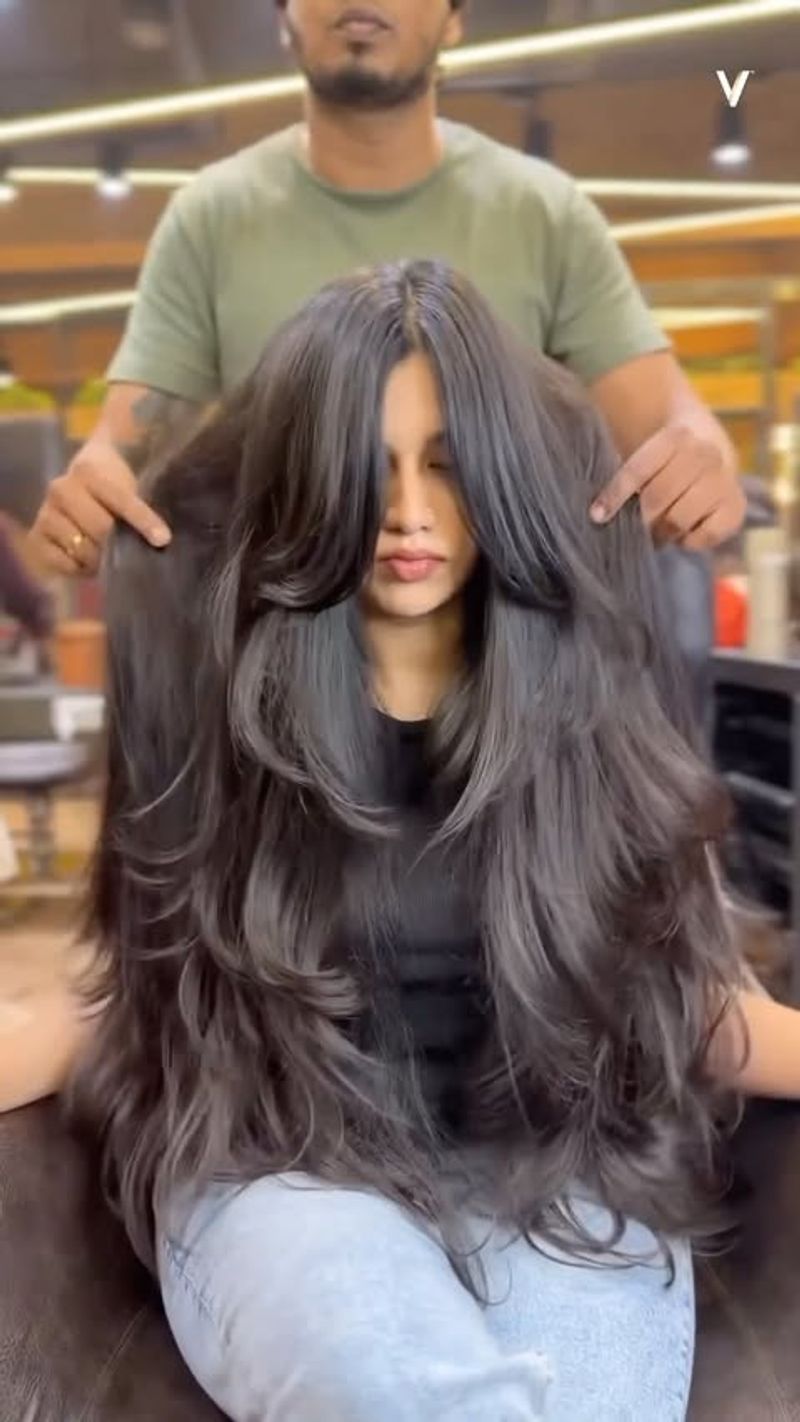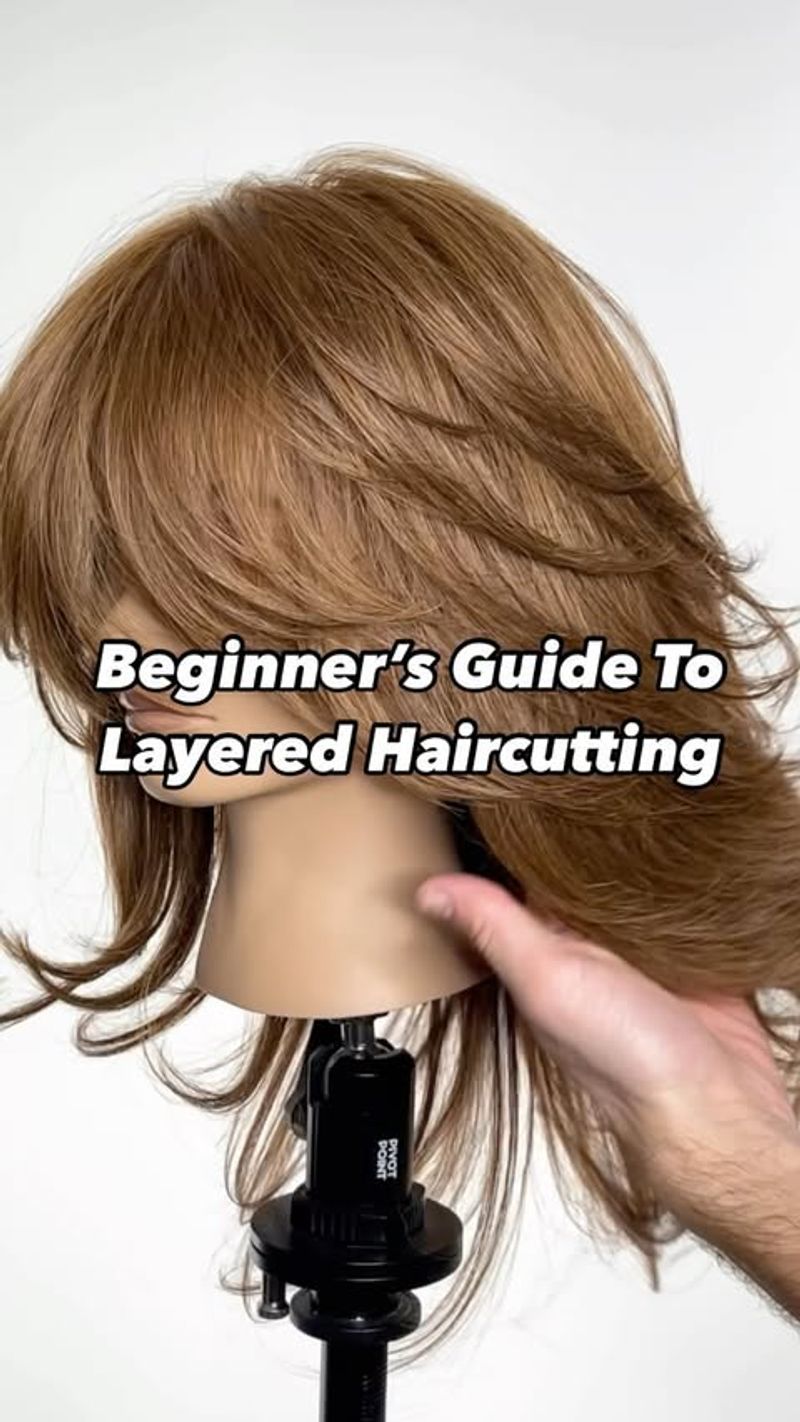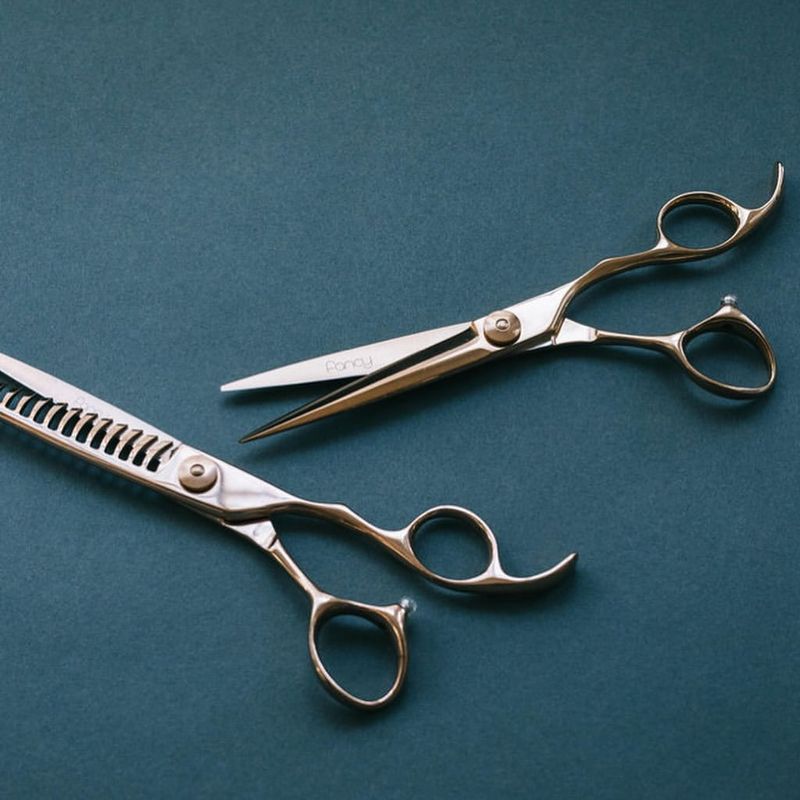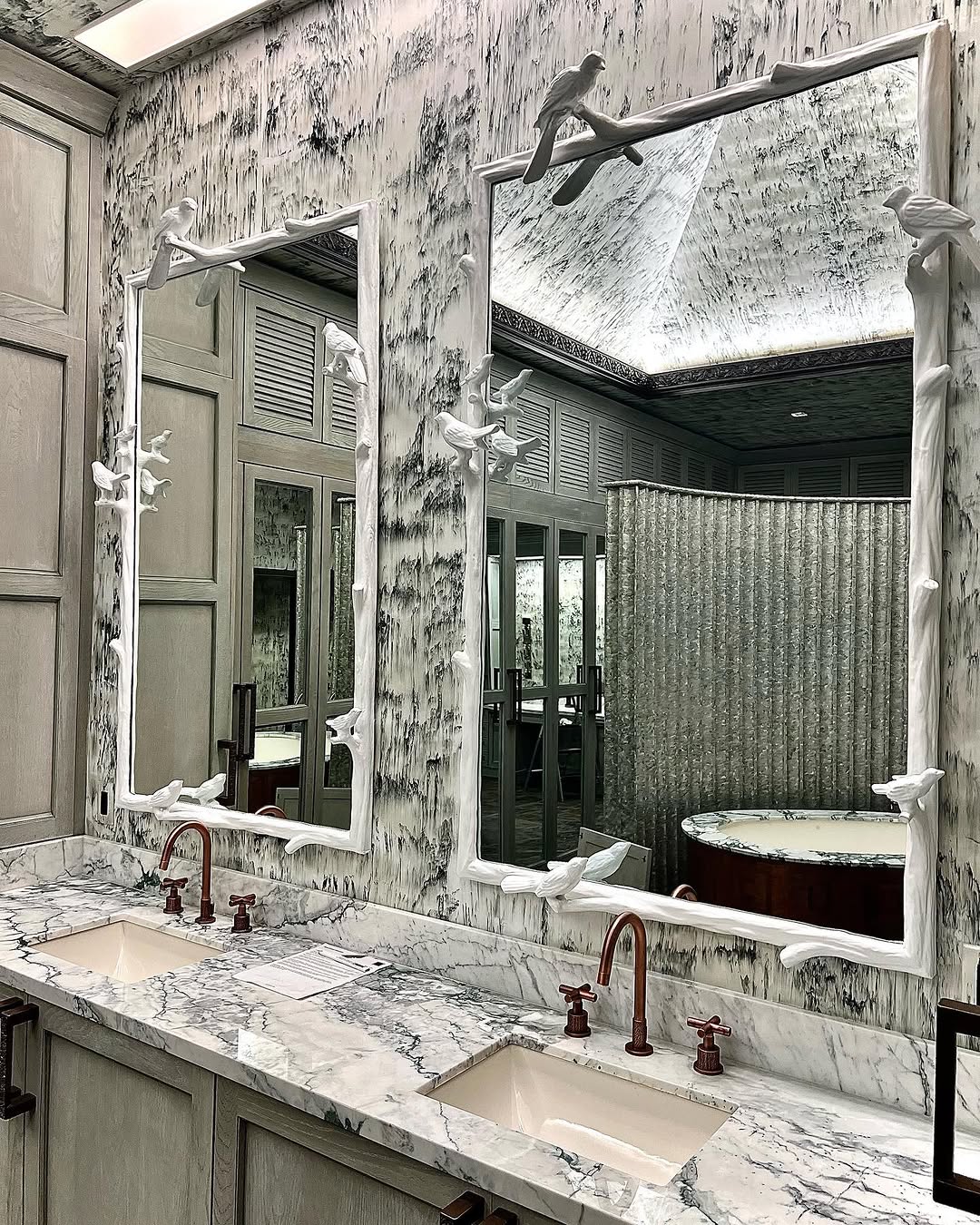Thinking about giving yourself a DIY haircut? It can be an exciting yet daunting adventure! Whether you’re looking to trim your ends, experiment with a new style, or simply save some money, there are several factors to consider before taking the plunge.
1. Understanding Hair Texture
Hair texture plays a crucial role in how your haircut will turn out. Understanding whether you have fine, thick, curly, or straight hair will guide your cutting technique. Take time to learn about your hair type, as this knowledge can make all the difference.
2. Choosing the Right Tools
The tools you choose significantly impact the outcome of your DIY haircut. Invest in quality scissors and clippers suited for your hair type. A sharp pair ensures clean cuts, while dull ones can fray the ends.
Related: -7 Straight-Hair Problems No One Talks About And 8 Easy Fixes That Shine
3. Researching Hair Trends
Staying updated with current hair trends can inspire your DIY haircut. Browse through magazines or online platforms to discover styles that match your personality and face shape.
4. Preparing Your Workspace
A clean, organized workspace sets the stage for a successful haircut. Ensure good lighting and have a comfortable chair at the ready.
5. Assessing Hair Length
Understanding your current hair length helps in planning the desired cut. Measure sections to decide how much to trim. This ensures you don’t overcut, leaving room for adjustments.
6. Consulting Tutorials
Tutorials are a great resource for visualizing the haircut process. Many professionals share step-by-step guides on platforms like YouTube. Pause and replay sections to grasp techniques fully. Gaining insights from experts equips you with confidence and skill.
7. Practicing Patience
Patience is key in DIY haircuts. Rushing increases the risk of mistakes. Allocate ample time to ensure precision and care in each snip.
8. Deciding on Style
Having a clear vision of your desired style helps guide the haircut process. Consider your daily routine, maintenance level, and personal aesthetic.
9. Testing on a Wig
Before committing to self-cutting, practice on a wig to build confidence. This trial run helps familiarize you with cutting techniques and tools.
10. Gathering Feedback
Feedback from trusted friends or family can be invaluable. They might notice details you overlook. Share your planned style and ask for their honest opinion.
11. Practicing on a Doll
For beginners, dolls offer an excellent way to practice cutting techniques in a low-pressure environment. Experimenting on doll hair allows you to test tools and styles.
12. Understanding Face Shape
Your face shape influences which hairstyles will suit you best. Identify whether your face is round, oval, square, or heart-shaped. Face shape understanding ensures your haircut enhances your natural features rather than working against them.
13. Taking Baby Steps
Approach your DIY haircut with small, cautious snips. This strategy minimizes the impact of mistakes, allowing for gradual adjustments. Baby steps ensure a more comfortable and less stressful experience.
14. Setting Realistic Expectations
Understanding your hair’s possibilities and limitations fosters realistic expectations. Accept its natural texture and growth pattern.
15. Experimenting with Accessories
Accessories can enhance any haircut, adding flair and personality. Experiment with clips, bands, and pins to change up styles after your DIY cut.
16. Embracing Imperfections
Imperfections are a natural part of DIY haircuts. They add character and are often unnoticeable to others. Embrace these quirks as a testament to your creativity and courage.
17. Considering Hair Products
The right hair products can transform a DIY haircut. Whether you need volume, hold, or texture, products like gels, mousses, and waxes are essential.
18. Practicing Cleanup
Thorough cleanup is a crucial part of the DIY haircut process. Responsible disposal of hair clippings prevents messes and maintains hygiene.
19. Planning for Maintenance
Regular maintenance helps preserve your haircut’s shape and health. Plan for periodic trims to avoid split ends and overgrowth. A maintenance plan keeps your haircut looking fresh and manageable.
20. Recording Your Process
Keep a record of your DIY haircut process. Documenting each step, technique, and tool used creates a valuable reference for future cuts. A personal guide offers reassurance and guidance, making each subsequent haircut smoother.
21. Trying Virtual Haircut Apps
Virtual haircut apps offer a risk-free way to experiment with styles. Upload a photo and try various cuts to see what suits you. These apps provide a visual guide, helping to set clear goals.
22. Creating Mood Boards
Mood boards are a creative way to visualize your haircut inspirations. Compile images, sketches, and ideas that resonate with your style. This collection serves as a reference throughout the cutting process, ensuring your vision stays consistent.
23. Consulting a Professional
Before embarking on a DIY haircut, consult a hairstylist for expert advice. Discuss your ideas and gather tips to achieve your desired outcome. Professionals provide insights into techniques and styles that complement you.
24. Practicing Safety
Safety should never be overlooked in DIY haircuts. Using sharp tools requires caution and focus. Wear protective gear like goggles to shield your eyes from stray hair.
25. Celebrating Success
Celebrate the success of your DIY haircut. Admire the work and effort you’ve invested. Acknowledging your achievement boosts confidence and encourages future attempts.
26. Learning from Mistakes
Mistakes are part of the learning process. Reflect on what went wrong and how to improve next time. Each error is an opportunity for growth and skill enhancement.
27. Understanding Hair Growth
Hair grows at an average rate of half an inch per month. Understanding this helps in planning your haircut frequency and managing expectations.
28. Experimenting with Colors
Adding color to your DIY haircut can transform your look entirely. Experiment with temporary dyes or highlights to add a splash of creativity. Whether bold or subtle, color experimentation can breathe new life into your haircut and express your unique personality.
29. Seeking Inspiration from Celebrities
Celebrities often sport innovative and stylish haircuts. Seek inspiration from their looks to guide your DIY venture. While celebrity styles are aspirational, ensure they align with your personal preferences and lifestyle for a haircut that’s truly yours.
30. Practicing Before Big Events
Avoid experimenting right before significant occasions. Practice and perfect your skills well in advance to ensure confidence and competence.
31. Understanding Layering Techniques
Layering adds dimension and volume to haircuts. Understanding different layering techniques can elevate your DIY haircut. Mastery of layering techniques ensures a dynamic and professional-looking haircut.
32. Embracing Change
A new haircut symbolizes change and fresh starts. Embrace the transformation and the possibilities it brings. Embracing change allows you to explore different facets of your personality, making your DIY haircut a journey of self-discovery and growth.
33. Understanding Shear Control
Shear control is pivotal in achieving clean and even cuts. Practice your grip and cutting angle for precision. Controlled shearing enhances accuracy and minimizes mistakes, leading to a polished finish.
34. Hair Condition Assessment
Assessing the condition of your hair is crucial before starting your DIY haircut. Examine for split ends, dryness, or damage that may affect the cutting process. This preparation ensures that your haircut doesn’t exacerbate any existing issues.
35. Mirror Setup
The right mirror setup can make or break your DIY haircut. Invest in multiple mirrors to view your hair from different angles. This setup ensures you catch every part of your head, preventing accidental uneven cuts.

